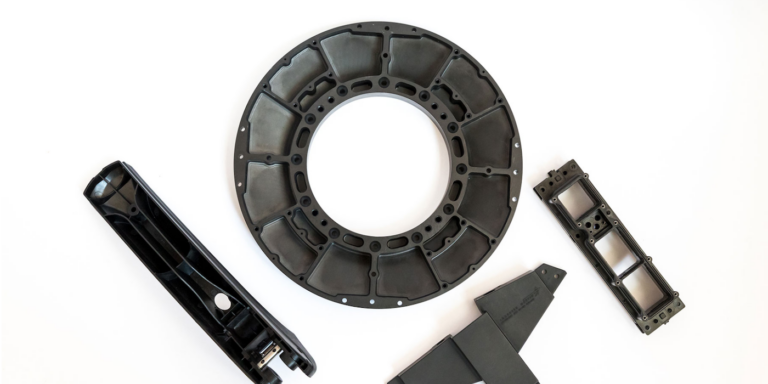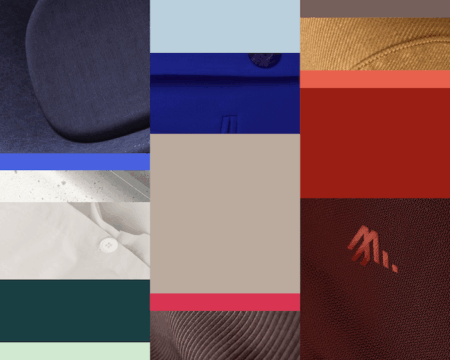A series of independent tests conducted by Industrial Microbiological Services has enabled Alpine Advanced Materials to add antimicrobial coatings to its HX5 aerospace composite material (see below). When coated with Signature Plating’s SignaShield antimicrobial clearcoat, a sample of XH5 showed a 99.93% reduction in Staphylococcus aureus, and a 99.92% reduction in E. coli, according to Alpine Advanced Materials.
“As manufacturers face heightened attention on microbe transmission, materials like HX5 will need to be evaluated through that lens, which is why we had this testing done,” explained Roger Raley, president of Alpine Advanced Materials. Raley added that HX5 coated “beautifully” when SignaShield was applied, and that the surface virtually eliminated all harmful microbes when exposed, making it suitable for high-contact surfaces.
Signature Plating’s SignaShield has been tested and certified to ISO 22196:2011 for its ability to reduce microbes on part surfaces, preventing the spread of bacteria. The coated HX5 surface was also tested and certified to ISO 22196:2011. According to Signature Plating, surfaces that have been coated with SignaShield have been proven to reduce microbial loads and the potential for cross-contamination, with the antimicrobial protection lasting for the lifetime of the coated part.
“If part coating can inherently be its own defence and not need to be cleaned as often, then you have a tremendous advantage,” stated Zane Leake, vice president of sales for Signature Plating. “We are constantly developing new finish processes to address market needs, and the combination of our decorative finishes with the antimicrobial protection of SignaShield means Alpine parts can deliver weight savings along with a layer of tested and certified protection.”
HX5 is a lightweight aviation-grade thermoplastic nanocomposite that has been engineered to replace machined aerospace-grade aluminium, and is claimed to weigh half as much (and 80% lighter than steel). The material offers a high strength-to-weight ratio, thermal stability, environmental resistance and manufacturing flexibility, it can be injection moulded, formed, extruded or machined in the same way as aluminium, allowing component manufacturers to make complex but strong shapes. Earlier this year, Alpine completed electromagnetic interference (EMI) testing of HX5 and reports that it found HX5 had “exceptional” attenuation, providing effective EMI shielding. Alpine adds that it was also shown in additional third-party testing to retain up to 96% of its original mechanical performance when subjected to 5 million rads of gamma radiation.
HX5 was developed over more than a decade of testing and validation by the US Department of Defence, with an R&D investment in excess of US$50 million. Alpine says that HX5 has also demonstrated “extreme corrosion resistance” to solvents, fuels, lubricants, and chemicals.





